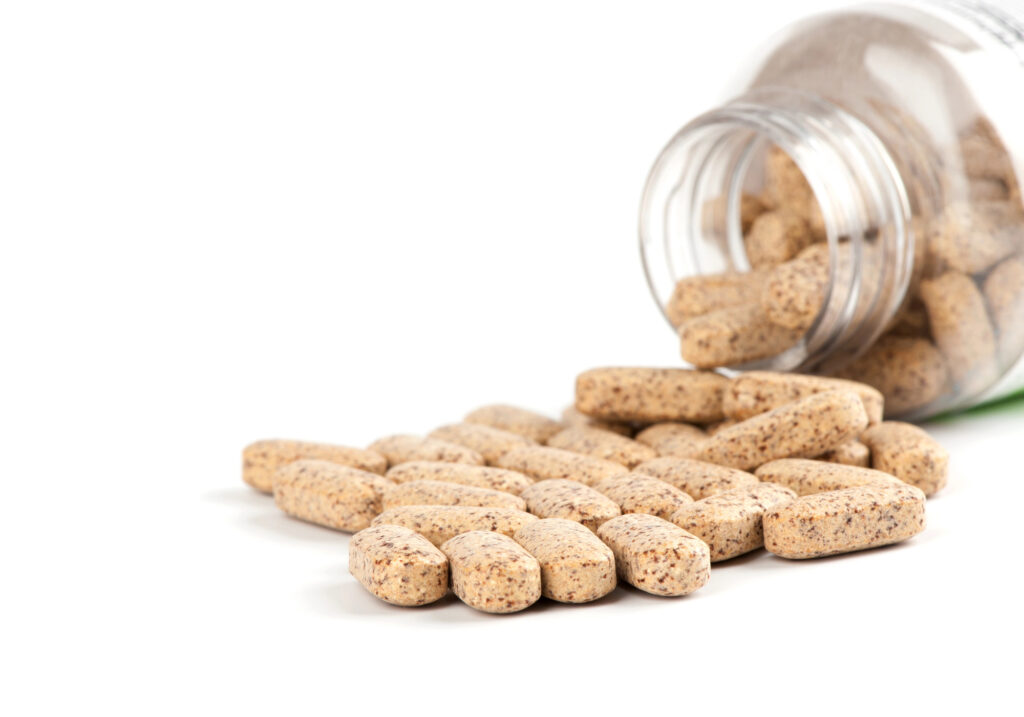This archived case study Dan Lukaczer, ND is a useful model for practitioners seeking to develop a nutritional approach to treating arthritic symptoms. As Lukaczer points out in this case study, the relationship between rheumatoid arthritis [or any form of arthritis] and the myriad potential environmental triggers is beyond the scope of this report. Instead, this paper addresses the use of a focused nutritional support program and discusses select environmental influences to illustrate the rationale behind this clinical approach. Given the complexity of RA, no one approach can benefit all patients, but it is hoped that the case illustrated here will show how a nutritional program can be personalized, leading to a clinically-beneficial result.
The following is an excerpt of the case study by Dan Lukaczer. The report is an example of how to develop a nutritional plan for RA and other forms of arthritis. This is based on the concept that research studies with RA patients have suggested that the clinical benefits from a dietary “prescription” may involve more than just the elimination of potentially antigenic proteins. Numerous adjunctive nutritional sources have been explored, and some have shown reproducible, consistent attenuation of symptoms. These include probiotics, fish oils, and antioxidants, which are briefly reviewed in the attached case study.
Patient History

An assessment revealed the following:
1 Frequent strep infections, a staphylococcus infection (following a tonsillectomy), and treatment with multiple antibiotic regimens during her childhood. Chronic yeast infections in early childhood. She had a history of long-term constipation.
2. Family history was negative for RA. physical exam was unremarkable except for swelling in her hands
and fingers. Her height was 5’ 4”; she weighed 145 lbs; and her blood pressure was 100/70 mm Hg.
3. Laboratory results were within reference ranges (RR) for routine chemistry and hematology tests. Her complete blood count (CBC) showed slightly depressed white blood cells (WBC) at 3.5 th/mm3 (RR: 4.0-12.0
th/mm3) and slightly elevated eosinophils at 5.6% (RR: 0-5.0%).
4. Stool analysis showed elevations in long-chain fatty acids, total short-chain fatty acids, cholesterol, and pH. Presence of the potential pathogen Citrobacter freundii was noted on culture. Ova and parasites were negative, and serum bacterial antibodies were within RR. Intestinal permeability (as measured by lactulose/mannitol ratio) was low-normal at 0.01 (RR: 0.01-0.06), and high-sensitivity C-reactive protein (hs-CRP) was within RR at 0.7 mg/dL (RR: 0-1.0 mg/dL), as was rheumatoid factor (RF) at <10 IU/mL (RR: 0-15 IU/mL).
Treatment Phases
The patient fit the criteria for RA, with evidence of bacterial dysbiosis, possibly secondary to chronic antibiotic 
At the 2-week follow-up visit, the patient said she was tolerating the medical food and dietary program well. She reported a substantial improvement in joint pain, with a decrease in arthralgias, and improved bowels. She was instructed to continue using the medical food and to gradually introduce 3 additional supplements for improving dysbiosis and decreasing inflammation: a botanical berberine combination, a probiotic supplement combination of Lactobacillus acidophilus and Bifidocbacterium lactis, and a fish oil supplement. See study for dosages.
After 4 weeks, the patient reported feeling about 80% better overall. She still experienced a slight “achiness” in the mornings, which dissipated within about 30 minutes. She was instructed to add niacinamide and N-acetylcysteine for additional antioxidant support (see study for dosage). At the 8-week visit, she continued to be very encouraged with the improvement in her pain symptoms and reported no stiffness or “achiness” in her ankles, knees, back, and neck and only slight morning stiffness in her fingers. Several foods had successfully been reintroduced into her diet (she was still maintaining a modified vegan diet), and she was instructed to gradually discontinue the berberine supplement over the course of a month.

for the first time in years. She noted only mild morning stiffness, particularly in the shoulders. She had continued to reintroduce foods without noting any reactions. The patient was instructed to remain on the medical food, probiotics, and niacinamide/N-acetylcysteine, to decrease the fish oils and to add a fiber supplement. See study for dosage changes.
After the 16-week followup visit, the patient successfully introduced many foods and noted reactions only to apples and corn. She gradually decreased the medical food to 1 serving per day and continued at the same dosage of the other prescribed products. After 20 weeks, she was 100% pain-free and felt only minimal stiffness in her shoulders. Her QOL scores reflected this improvement (see Table 1). All of her laboratory stool analyses had normalized except the pH, which remained slightly elevated. No potentially pathogenic bacteria were detectable on stool culture.
Conclusion / Conventional treatments for RA may be associated with problems, both in terms of safety and efficacy. Several nutritional strategies may help attenuate the signs and symptoms associated with RA. An optimal program takes advantage of the research suggesting that dietary antigens, gastrointestinal flora, and nutritional modulation of inflammation may be important factors in RA. Clearly, all patients with RA cannot be treated in the same manner. Some will respond dramatically to an integrated approach as presented above, whereas others will experience little apparent change in symptoms. The clinician must carefully evaluate both subjective and biochemical responses to determine how each patient’s RA condition can best be managed (the simplified flowchart in Figure 1 can be useful in this regard). Conventional treatments may result in significant side effects, but also may be necessary for some patients. Although not all patients are likely to respond completely to a nutritional approach, a program that comprehensively addresses these areas may be the most costeffective, safe, and appropriate first course of action for individuals who suffer from rheumatoid arthritis.
Source Integrative Nutritional Approach to the Treatment of Rheumatoid Arthritis, Published in Integrative Medicine, A Clinician’s Journal Vol. 4, No. 2 by Dan Lukaczer, ND








